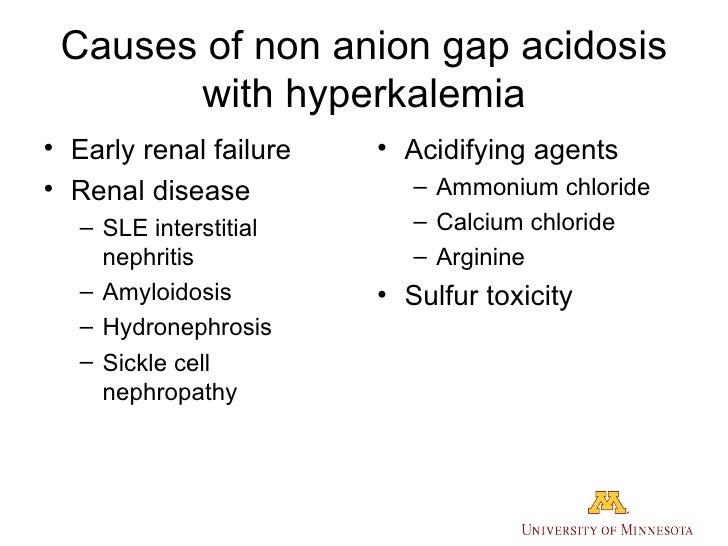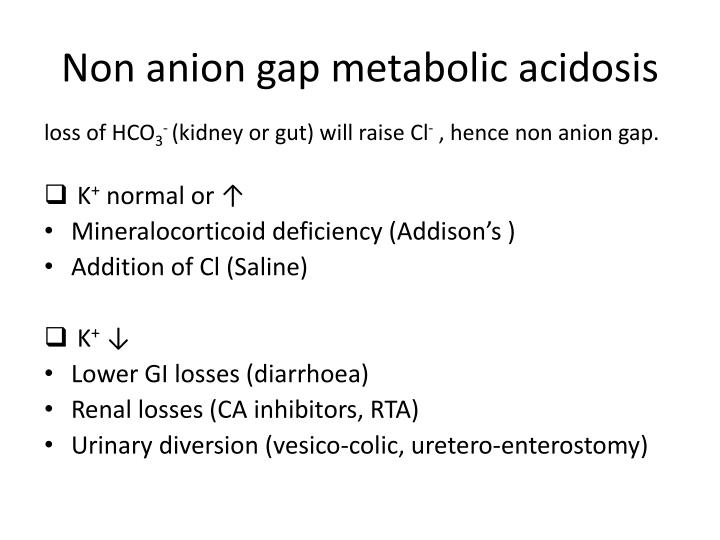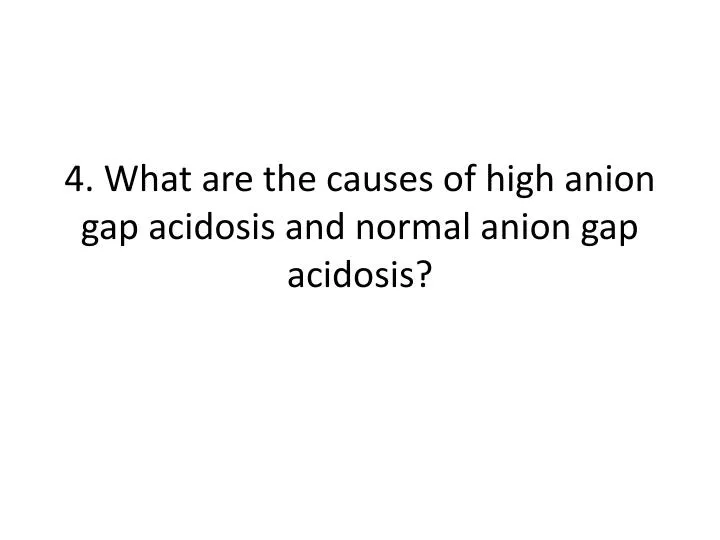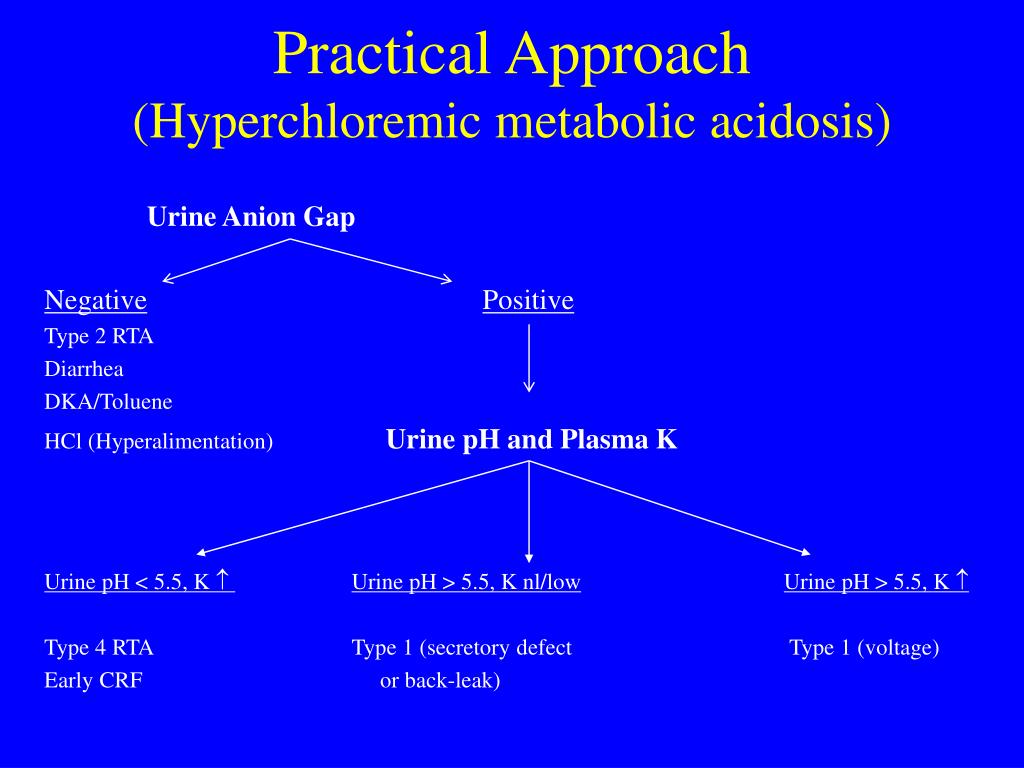

Novel variants were defined as those absent from dbSNP and had a 1000 Genomes allele frequency of less than 0.005. Functional annotation of the predicted variants was carried out using ANNOVAR, 19 which cross-references variants against public databases, including dbSNP131 and the 1000 Genomes project. Variants seen in two or more individuals were discarded. 16 In addition, we compared our variants against a pool of 34 exomes previously sequenced by us, of which three were reported 17 18 while the remainder are unpublished.

17 Variants were identified using SAMtools. We imposed similar variant identification filtering criteria as described. 16 Reads that mapped non-uniquely or to unfinished chromosomes were discarded from further analysis.Īpproximately 28.9 million reads were uniquely mapped to the reference genome, providing an average NCBI consensus coding sequence coverage of 25X. Reads were aligned to the human reference genome (University of California, Santa Cruz (UCSC) hg19 assembly) using Burrows-Wheeler Aligner's Smith-Waterman Alignment (BWA). The captured DNA was sequenced by Illumina GAIIx (San Diego, CA, USA) on one lane, generating approximately 32 million 76 bp quality-controlled reads. This kit targets approximately 44 Mb of sequence including the human exome defined by the NCBI consensus coding sequence database (version 20090902) and additional ref seq sequences. We refer to these patients as having non-classic CMAMMA.Ī total of 3 μg of DNA was subjected to the SureSelect Human All Exon v2 Kit from Agilent Technologies (Santa Clara, CA, USA), according to the manufacturer's protocols. 11 Through the Quebec newborn urine screening programme 14 we identified asymptomatic individuals with CMAMMA, but with MMA higher than MA, and sought to define the underlying molecular cause. All of these patients have shown a variety of clinical features that include metabolic acidosis, developmental delay, seizures, cardiomyopathy, gastrointestinal distress and dysmorphic features, although normal development was also reported. Two patients have been described with similar combined elevations of MA greater than MMA, but with normal MCD enzyme activity in fibroblast cultures 12 13 suggesting that this disorder is heterogeneous. 1–11 It is speculated that MCD deficiency causes an excess of intramitochondrial malonyl-CoA, leading to the inhibition of methylmalonyl-CoA mutase and, subsequently, an increase in MMA. The most well characterised is that related to malonyl-coenzyme A (CoA) decarboxylase (MCD) enzyme deficiency (OMIM #248360) in which the biochemical abnormalities include elevated MA alone, or combined elevations of MA and methylmalonic acid (CMAMMA) with MA mainly being higher than methylmalonic acid (MMA). Several types of patients with elevated malonic acid (MA) have been described in the literature. combined malonic and methylmalonic aciduria.Clinical geneticscombined malonic and methylmalonic aciduria.

The cAG provides no additional advantage over the anion gap in the detection of hyperlactataemia.

The AUC was 0.757 and 0.750, respectively.Ĭonclusions: The sensitivities, specificities, and predictive values of the anion gap and cAG were inadequate in predicting the presence of hyperlactataemia. The ROC curves between anion gap and cAG as a predictor of hyperlactataemia were almost identical. Results: An anion gap ⩾12 provided a sensitivity, specificity, positive predictive value, and negative predictive value of 39%, 89%, 79%, and 58%, respectively, and a cAG ⩾12 provided a sensitivity, specificity, positive predictive value, and negative predictive value of 75%, 59%, 66%, and 69%, respectively. A receiver operator characteristics curve (ROC) was drawn and the area under the curve (AUC) was calculated. The sensitivity, specificity, and predictive values were obtained. Patients’ laboratory results were included in the study if serum chemistries and lactate were drawn consecutively. Methods: A retrospective review of 639 sets of laboratory values from a tertiary care hospital. This study therefore, sought to compare the predictive values of the anion gap and the anion gap corrected for albumin (cAG) as an indicator of hyperlactataemia as defined by a lactate ⩾2.5 mmol/l. A proposed explanation for the anion gap’s poor sensitivity and specificity in detecting hyperlactataemia is that the serum albumin is frequently low. Studies have shown that the anion gap is inadequate as a screen for hyperlactataemia, particularly in critically ill and trauma patients. Background: An elevated lactate level reflects impaired tissue oxygenation and is a predictor of mortality.


 0 kommentar(er)
0 kommentar(er)
